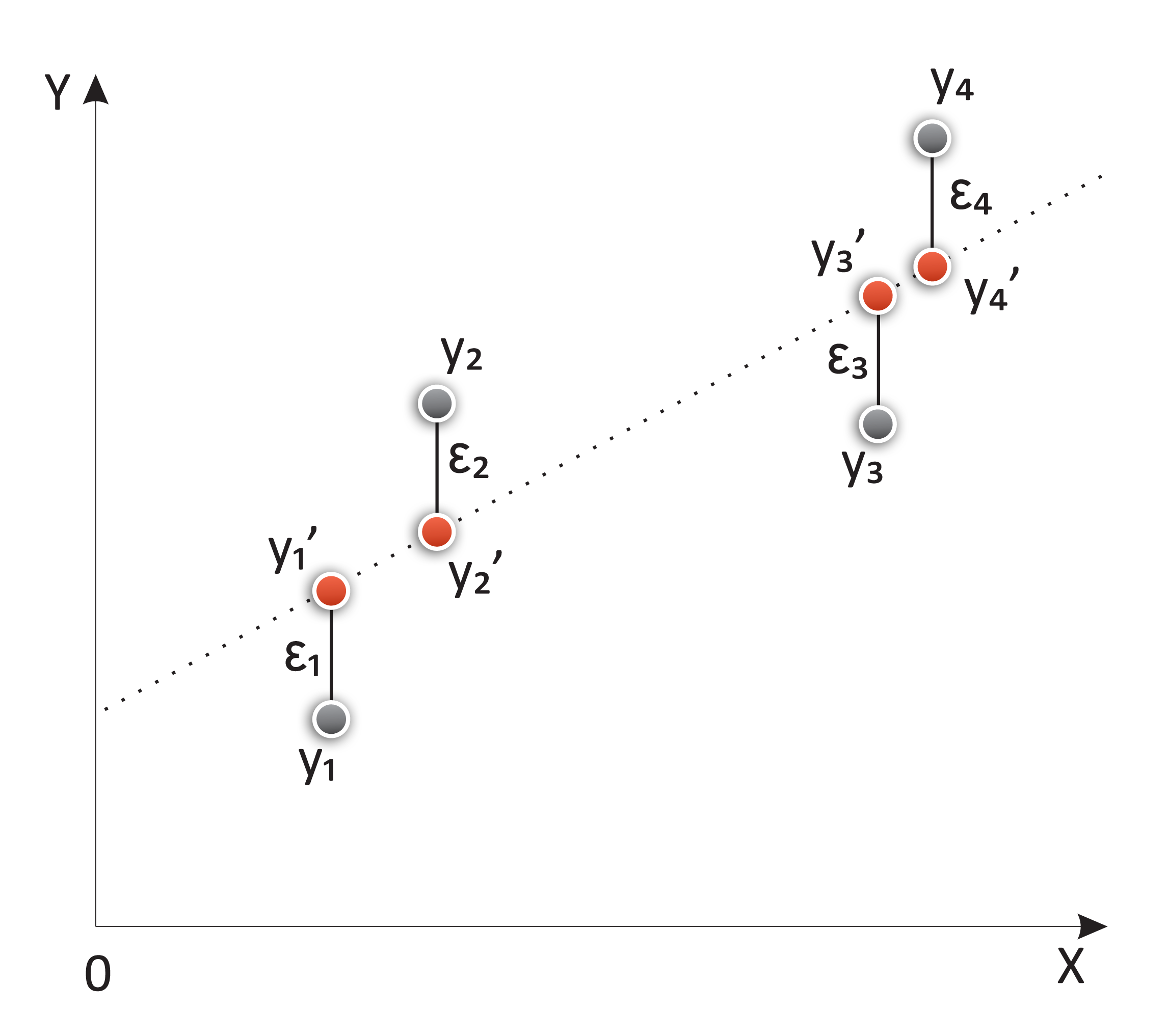After the insights we gained by grouping similar information using common features, it's time to get a bit more mathematical and start to search for a way to describe the data by using a distinct function that will condense a large amount of information, and will allow us to predict future outcomes, assuming that the data samples maintain their previous properties.
In this chapter, we will cover the following topics:
- Linear regression with a step-by-step implementation
- Polynomial regression
- Logistic regression and its implementation
- Softmax regression


